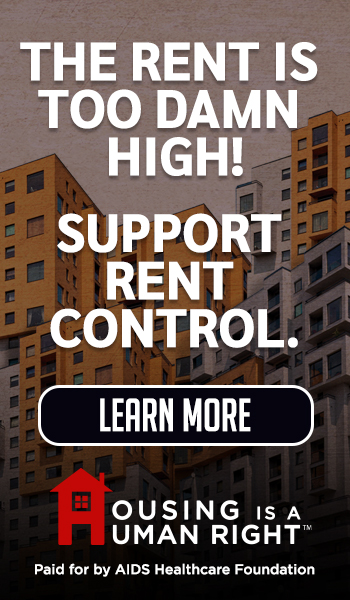Comments
CRIME BY THE NUMBERS - If you think Los Angeles’ crime problem begins and ends with what the LAPD reports each week, think again. The real story might be hiding in plain sight — or, more accurately, in the crimes that never make it into official statistics.
According to the U.S. Department of Justice’s National Crime Victimization Survey (NCVS), more than half of all crimes in the United States go unreported. The data shows that 54% of violent crimes and about 66% of property crimes never reach law enforcement — a reality that skews not only our perception of safety but also public policy, resource allocation, and community trust.
These numbers, cited in reports like the Crime Survivors Speak study from the Alliance for Safety and Justice, reflect a national crisis of underreporting. But experts and victim advocates believe the situation in Los Angeles may be even worse.
Why Los Angeles May Be an Outlier
While the NCVS doesn’t break down reporting rates by individual city, California data paints a troubling picture. From 2020 to 2022, the state’s violent crime reporting rate hovered around 35% — meaning nearly two-thirds of violent crimes statewide went unreported. That’s higher than the national average.
In Los Angeles, criminologists and community organizations point to multiple reasons:
- Distrust in police due to past misconduct and strained relationships with marginalized communities.
- Fear of retaliation from perpetrators, especially in gang-affected neighborhoods.
- Language and cultural barriers that make some victims reluctant to come forward.
- Belief that “nothing will happen” — a feeling reinforced when cases are dropped or offenders face minimal consequences.
A 2023 analysis by the LAPD’s own Inspector General found certain neighborhoods in South LA and the East Valley with violent crime underreporting rates potentially exceeding 70%.
Why This Matters
When crimes aren’t reported, they can’t be investigated, prosecuted, or counted in official statistics. This creates a dangerous feedback loop: lower reported crime rates can make it look like problems are improving, even as community safety erodes in reality.
It also has financial consequences. Public safety budgets and victim support programs are often tied to reported crime rates — meaning underreporting can leave communities with fewer resources to address the very issues driving the silence.
The Call for Change
Victim advocates say the solution isn’t just more police — it’s better trust-building, culturally competent outreach, and support services that make victims feel safe to come forward.
“Until people believe that reporting a crime will actually help them, the statistics will never tell the full story,” says one Los Angeles victims’ rights advocate. “We have to rebuild the relationship between communities and the system meant to protect them.”
If Los Angeles is serious about addressing crime, it must first confront the crimes it never sees.
(Jim Hampton is the Publisher and Editor of CityWatchLA.com. With over 40 years of experience in radio broadcasting, marketing, and content creation, Jim helped launch CityWatch online with founding editor Ken Draper more than two decades ago. He continues to guide the platform’s mission to provide independent news and opinion on Los Angeles government, policy, and civic life.)
(Eliot Cohen is a longtime civic advocate who has served on the Neighborhood Council, the Van Nuys Airport Citizens Advisory Council, and the Board of Homeowners of Encino, where he was president of HOME for over seven years. A retired Wall Street executive with a 35-year career, Eliot brings a sharp eye to local governance. He critiques the bureaucratic missteps of City, County, and State officials. Eliot and his wife split their time between Los Angeles and Baja Norte, Mexico.)














